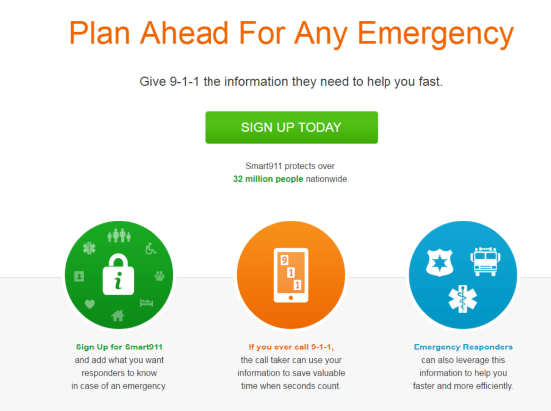Month: December 2021
Smart911 and YOU!
Recently Nick Holloway from the Office of Emergency Management in Missoula presented information on Missoula’s Smart911 program to the Safe Kids Missoula Coalition members.
Although the program includes emergency notifications, as well as your safety profile, this blog post is dedicated to sharing information about why the safety profile is so important.
Statistically, over 80% of calls made to 9-1-1 come from mobile phones. When you dial 9-1-1 from a mobile phone, the 9-1-1 call takers usually have only your phone number and a very general sense of your location. This is a serious problem in an emergency, particularly if you or your loved ones have medical conditions, allergies, have limited mobility or are unable to safely speak. With Smart911, you can provide 9-1-1 call takers and first responders critical information you want them to know – in any kind of emergency.
So how does the it work? First, you need to sign up. Once you have completed the sign up and if need need to call 9-1-1, your Smart911 Safety Profile displays on the 9-1-1 screen and the 9-1-1 call takers can view your addresses, medical information, home information, description of pets and vehicles, and emergency contacts. You can provide as much or as little information as you like.
Smart911 is a national service meaning your Smart911 Safety Profile travels with you and is visible to any participating 9-1-1 center nationwide. Please be advised that not all communities have a Smart911 programs however our community does have this valuable resource.
Carbon Monoxide Poisoning Prevention
This winter and holiday season, we wanted to share information regarding signs, symptoms and safety in regards to Carbon Monoxide Poisoning and Prevention. Furnaces and other heating elements that burn coal, wood, charcoal, propane or natural gas produce carbon monoxide, which can collect in a home or garage and cause poisoning. The gas cannot be detected by its odor, which means that many people are exposed each year, and some run the risk of serious health problems or even death.
There are many ways to help keep yourself safe and prevent carbon monoxide poisoning. You can schedule an annual check up for your furnace and hot water heater; ensure that each of your homes and/or businesses have a carbon monoxide alarm, replace you carbon monoxide alarm every five years and consider brining one along when you travel and maybe most important is to be aware of symptoms.
To learn more, please check out this article published by Intermountain Healthcare and written by Dr. Lindell Weaver.
